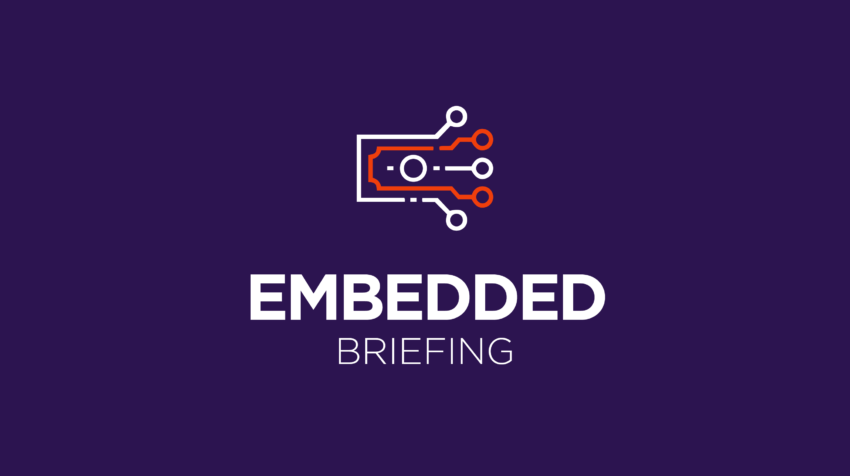Finance Everywhere, Member Exclusive
Embedded Briefing: Affirm reports strong quarter; focuses on achieving profitability
- BNPL leader Affirm reported $354.8 million in revenue, exceeding analyst expectation of $345 million, and showing a 54% increase YoY.
- Analysts are wary of Affirm's trajectory, saying that while the firm may look like an exciting tech company, it is increasingly operating as a traditional credit provider.








